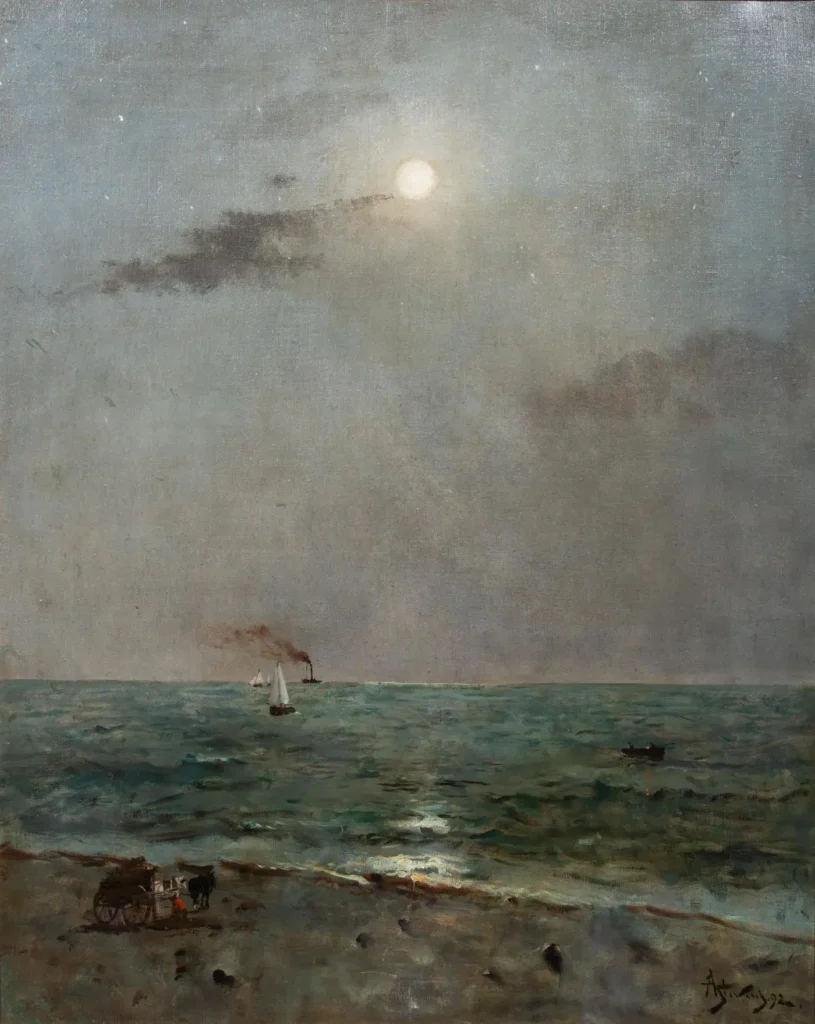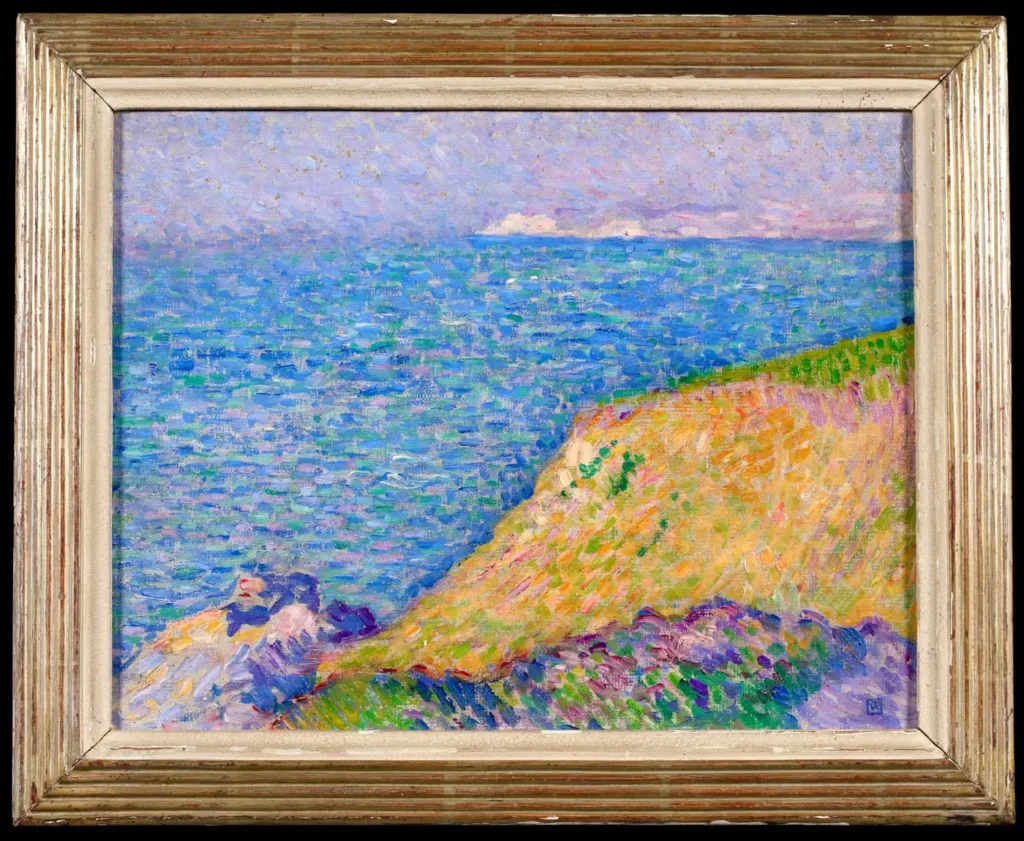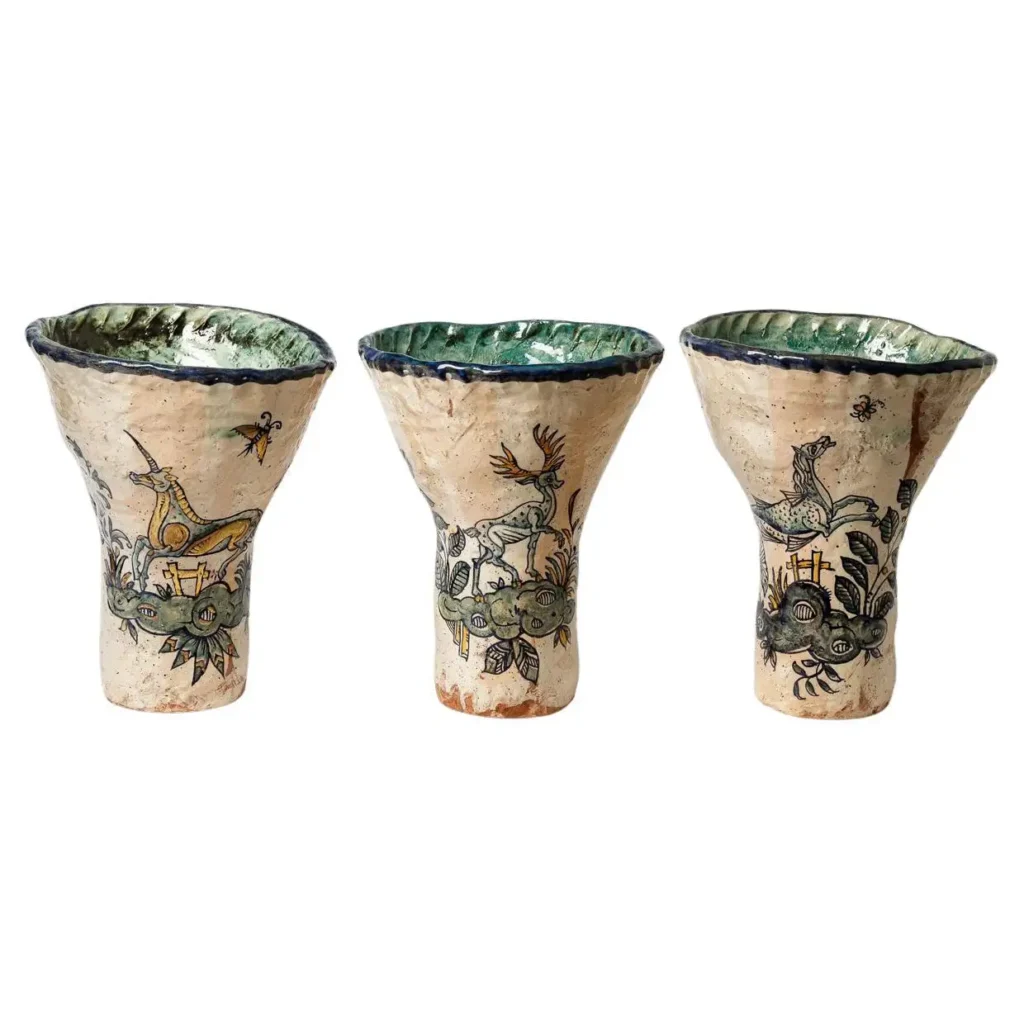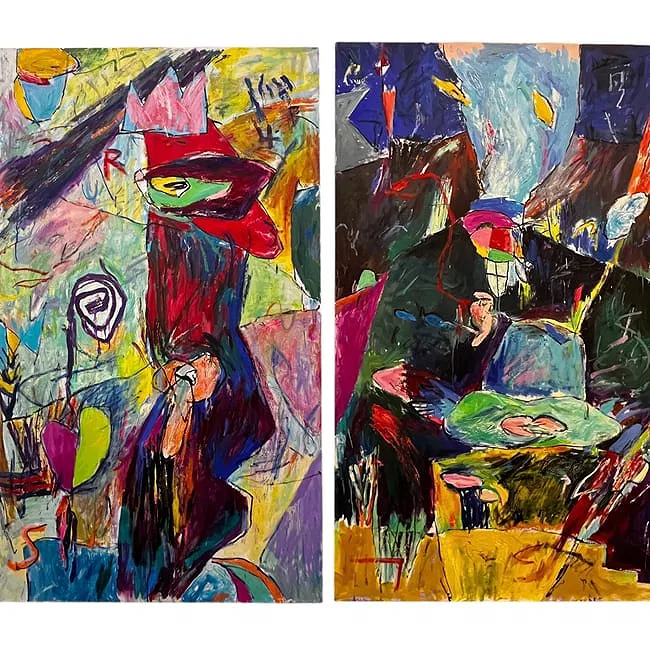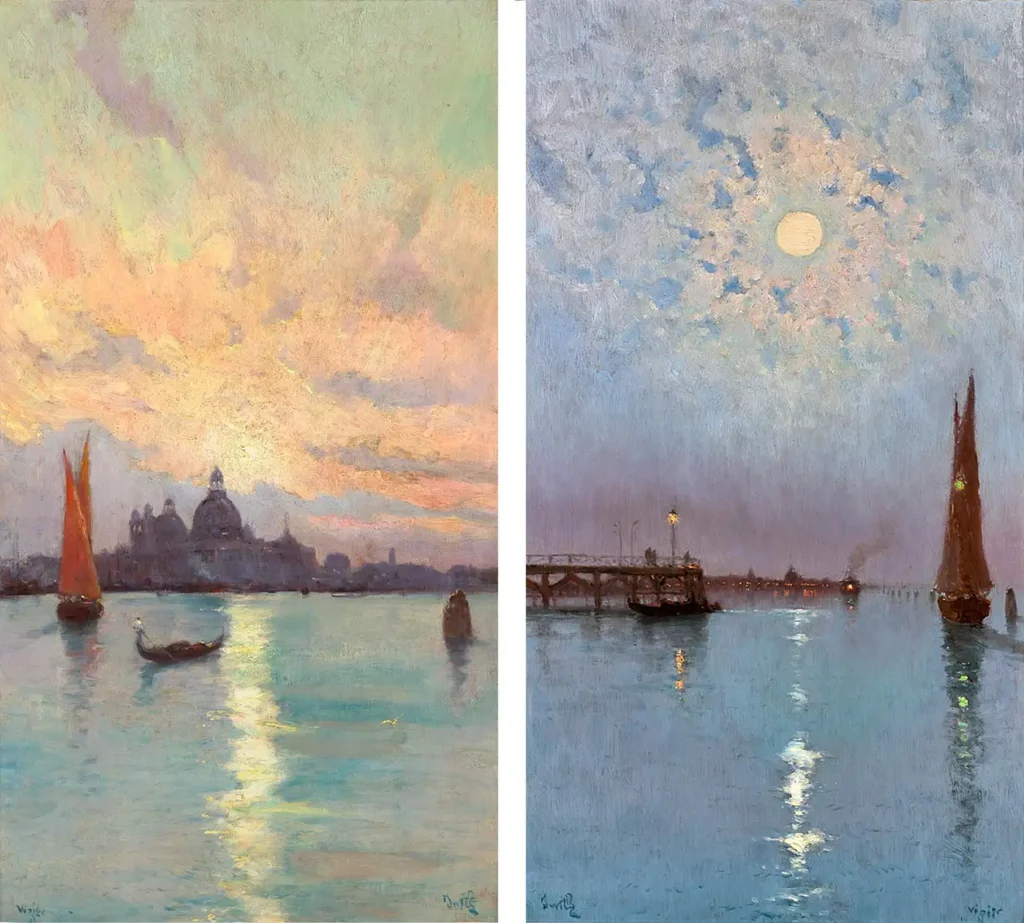Fine Art
Alfred Émile Léopold Stevens
SHARE
Alfred Émile Léopold Stevens: A Master of Belgian Realism
Alfred Émile Léopold Stevens, born in 1823 in Brussels, Belgium, was a renowned painter who left an indelible mark on the art world. His works, characterized by their meticulous attention to detail and vibrant depictions of everyday life, have earned him a prominent place in the annals of Belgian art.
Stevens’ artistic journey began at a young age, as he was exposed to the rich cultural heritage of his native city. He studied at the Royal Academy of Fine Arts in Brussels, where he honed his skills and developed a keen eye for capturing the nuances of human expression and the subtleties of light and shadow.
One of the hallmarks of Stevens’ work is his ability to portray the elegance and grace of his subjects, whether they be aristocratic women, fashionable society figures, or humble working-class individuals. His paintings often feature women as the central focus, their poised demeanor and intricate costumes serving as a testament to the artist’s mastery of the genre.
Stevens’ attention to detail is particularly evident in his depictions of fabric and texture. From the delicate lace of a gown to the rich, lustrous surfaces of silk and satin, he skillfully rendered the tactile qualities of his subjects’ attire, imbuing his paintings with a sense of realism that was unparalleled for his time.
In addition to his technical prowess, Stevens possessed a keen understanding of the psychological dimensions of his subjects. His portraits often convey a sense of introspection and emotional depth, inviting the viewer to engage with the inner lives of the figures he depicted. Whether capturing the quiet contemplation of a woman lost in thought or the vibrant energy of a social gathering, Stevens’ paintings resonate with a profound understanding of the human experience.
Stevens’ work was not limited to portraiture, however. He also explored a variety of other genres, including historical and genre scenes, as well as landscapes. His ability to seamlessly transition between these different styles further attests to his versatility and artistic prowess.
One of Stevens’ most celebrated works is “The Reading Lesson,” a painting that exemplifies his mastery of composition and his ability to capture the intimate moments of everyday life. The painting depicts a young girl and her tutor engaged in a quiet, focused reading session, the soft light and the delicate interplay of their expressions lending the scene a sense of tranquility and introspection.
Throughout his career, Stevens’ work garnered widespread acclaim, and he became a prominent figure in the Belgian art scene. He was a member of the Royal Academy of Belgium and was awarded numerous prestigious honors, including the Order of Leopold and the Order of the Crown.
Today, Stevens’ paintings can be found in some of the world’s most prestigious art institutions, including the Royal Museums of Fine Arts of Belgium and the Musée d’Orsay in Paris. His legacy as a master of Belgian realism continues to inspire and captivate art enthusiasts and scholars alike, ensuring that his contributions to the art world will be remembered for generations to come.







